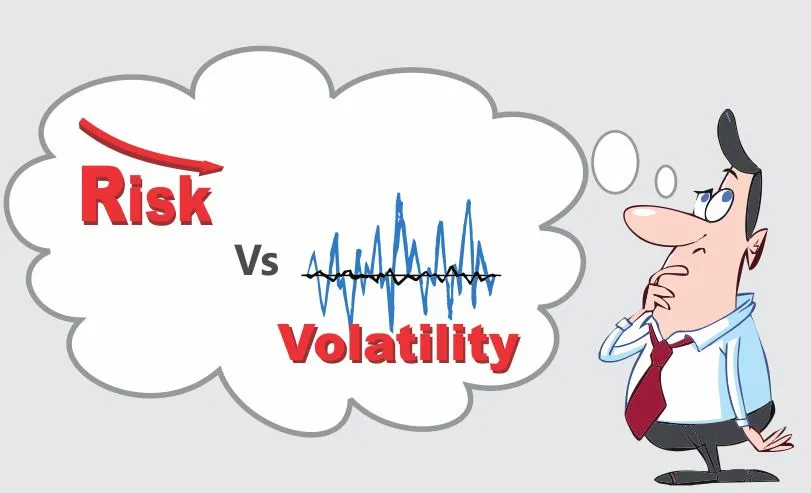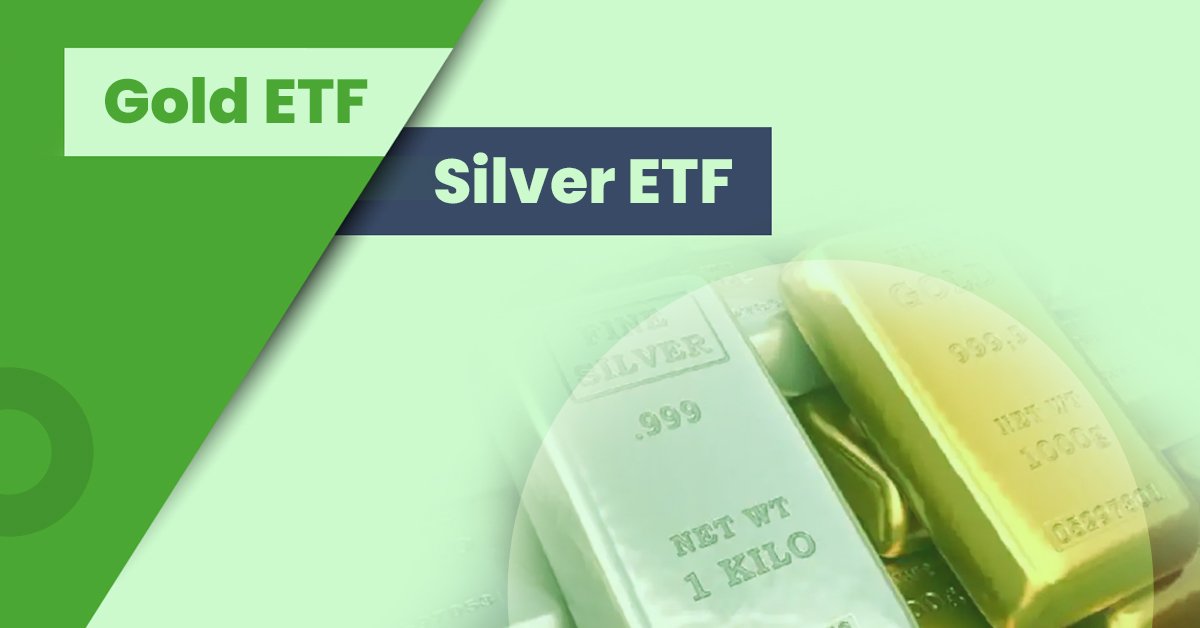Stock Market Volatility and Risk Management: The stock market is a dynamic and ever-changing environment that presents investors with opportunities for substantial gains. However, it also carries inherent risks, particularly in terms of volatility. Stock market volatility refers to the rapid and significant price fluctuations experienced by individual stocks, sectors, or even the overall market. In this article, we will explore the concept of stock market volatility and delve into the importance of risk management strategies for investors.
I. Understanding Stock Market Volatility:
A. Definition and Causes: Stock market volatility is characterized by unpredictable price swings, often resulting from various factors such as economic indicators, geopolitical events, corporate earnings reports, and investor sentiment. These factors can trigger both positive and negative fluctuations in stock prices.
B. Measurement: Volatility is commonly measured using statistical tools like standard deviation or the Volatility Index (VIX). Standard deviation quantifies the dispersion of returns, while the VIX reflects market participants’ expectations of future volatility.
II. The Impact of Stock Market Volatility:
A. Investor Behavior: High levels of stock market volatility can significantly influence investor behavior. Fear and uncertainty may lead to panic selling, causing markets to plummet further. Conversely, periods of low volatility can generate complacency and excessive risk-taking.
B. Portfolio Performance: Volatility can affect the performance of investment portfolios. Sudden market downturns can erode portfolio values, potentially leading to substantial losses. Conversely, periods of low volatility may limit opportunities for growth and capital appreciation.
III. Risk Management Strategies:
A. Diversification: Diversifying investments across various asset classes, sectors, and geographies can help mitigate the impact of stock market volatility. By spreading risk, investors can reduce their exposure to any single stock or sector, thereby safeguarding against severe losses.
B. Asset Allocation: Strategic asset allocation involves determining the ideal mix of asset classes based on individual risk tolerance and investment goals. By allocating assets across equities, bonds, commodities, and cash, investors can balance risk and reward, reducing vulnerability to stock market volatility.
C. Stop Loss Orders: Implementing stop loss orders allows investors to establish predetermined exit points for their positions. These orders automatically sell a stock when it reaches a specified price, thereby limiting potential losses in the event of a significant downturn.
D. Hedging Strategies: Sophisticated investors often employ hedging strategies to manage risk during volatile market conditions. Techniques like options trading or short selling can be utilized to offset potential losses by taking positions that profit from declining prices.
IV. The Importance of Long-Term Investing:
While stock market volatility can be unsettling, it is crucial to maintain a long-term perspective. History has shown that markets tend to recover and deliver positive returns over extended periods. By staying invested and adhering to a well-defined investment plan, investors can ride out short-term market fluctuations.
Stock market volatility is an inherent part of investing, and it presents both risks and opportunities. Understanding the causes and impact of volatility is essential for investors seeking to navigate the market successfully. By implementing prudent risk management strategies, such as diversification, asset allocation, and stop loss orders, investors can mitigate the adverse effects of volatility and protect their portfolios. Remember, staying disciplined and maintaining a long-term outlook are key to achieving investment objectives in the face of stock market volatility.
Read More: Stock Market Trading Strategies
![]()






One thought on “Stock Market Volatility and Risk Management”